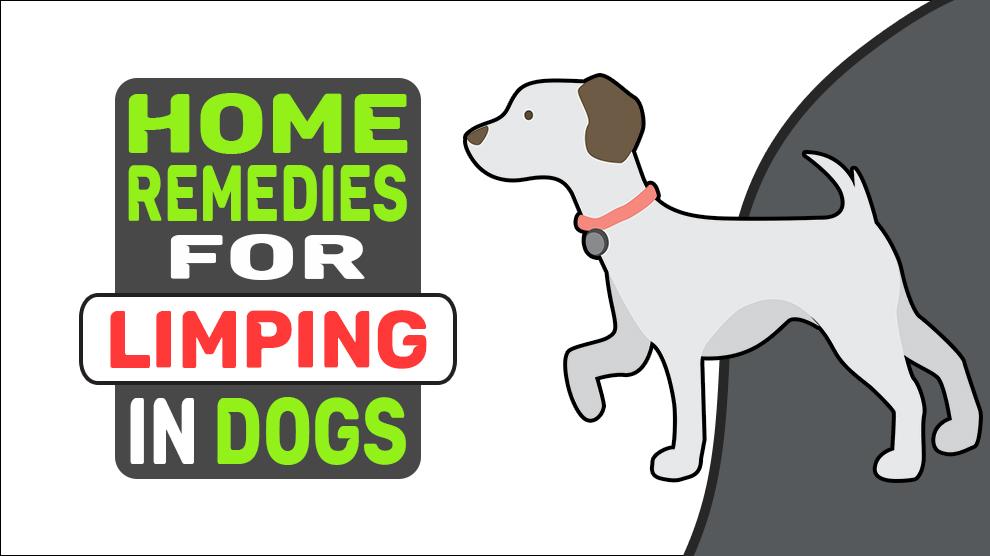Possible Diseases For Limping
- Hypertrophic Osteodystrophy - Read More -> Hypertrophic Osteodystrophy (HOD) In Dogs
- Affected By Foxtails - Read More -> Foxtails And Dogs - Why Are They Dangerous?
- Legg–Calvé–Perthes - Read More -> Legg–Calve–Perthes In Dogs
- Arthritis - Read More -> Arthritis In Dogs - Symptoms & Treatments
- Elbow Dysplasia - Read More -> Elbow Dysplasia In Dogs
- Osteochondritis Dissecans - Read More -> Osteochondritis Dissecans In Dogs
- Osteosarcoma - Read More -> Osteosarcoma In Dogs: Symptoms & Treatment
Home Remedies For Limping
1. Identify The Seriousness Of The Limping:
Not all limps are more serious than others, so the first step is to identify the cause of limping and provide first aid to assess the limp. Watch the walk of your dog. Which is the limping leg (left or right, rear or front)? How does your dog hold the leg while it is walking, when standing still, can it balance on it? Can the dog walk on it but a bit stumble? What about the steps? Shorter steps than normal or as usual? Does the leg touch the ground or not?
Establishing a time frame is the second step. When did the dog first starts to limp or when did you notice it first? Did it come on gradually or start suddenly? Is the dog’s lameness looks worse at certain times of the day, like after exercise or early morning?
2. Home Remedies For Non-emergency Limps:
Check their paw pads or toes, If you find a foreign body (such as debris, ticks foxtails, burrs, rocks, or thorns) and can reach it easily, take away and clean the cut with anti-microbial soap. If there is any swelling, soak the foot in warm water with Epsom salts. Apply an antibiotic ointment, if needed.
For broken nails and/or cut or torn foot pads: Press each nail base softly and try to slowly move it around a little and check out for any reaction from your dog. When you find the Exact location control the bleeding and give first aid.
When the dog’s limping is related to swelling, tendonitis, bruise, or sprain: Application of ice packs to the swelling and/or using flowing water daily twice for 10 minutes reduces swelling, promotes healing, and improves circulation. Place your dog in a tub and drench the leg with a hose or swirl the water around the leg for 15 minutes twice daily.
For abscesses: Soak in a warm Epsom salts bath or apply warm compresses to the affected area. For a ruptured abscess, take the dog to the clinic to clean the wound and get some antibiotics.

















